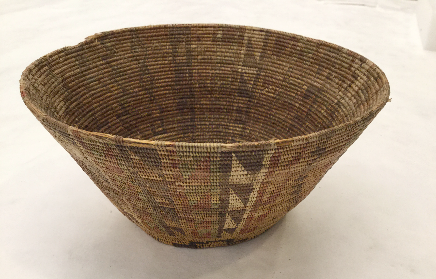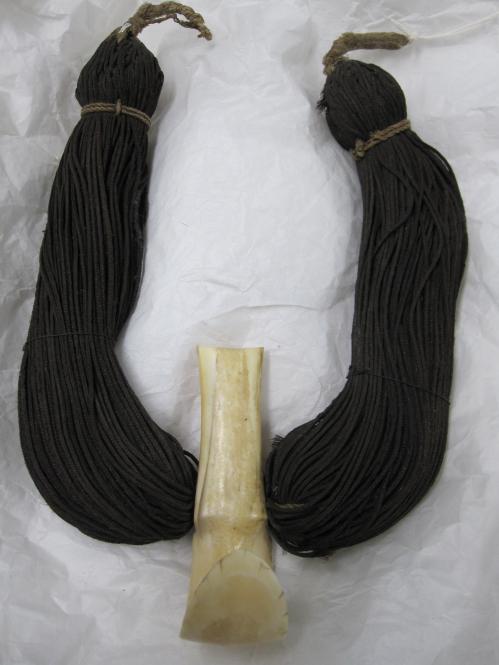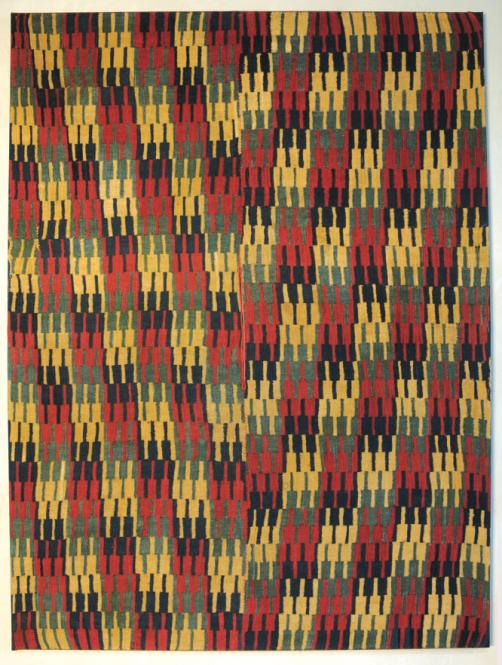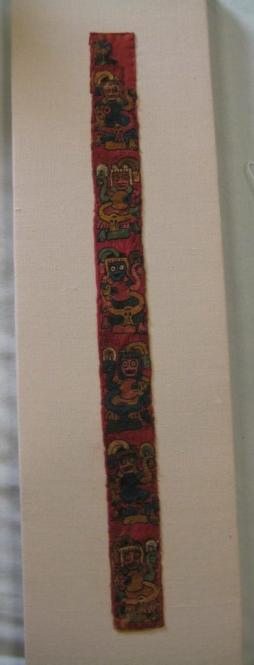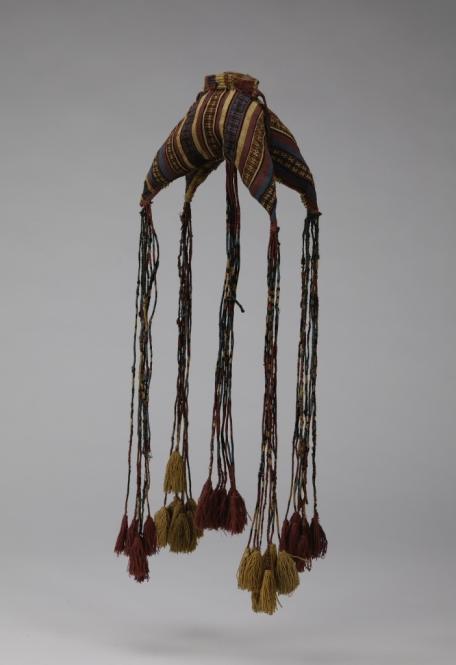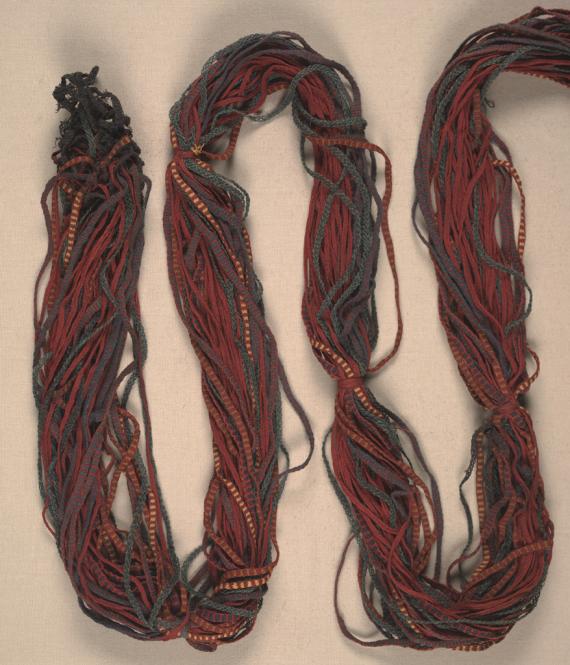Provenance Information
by 1845- collection of Thomas Ayling, R.N. (1815-1860), England (acquired while in Sandwich Islands); c. 1878 collection of Miss Ayling (late 19th century), Chichester, England (probably by descent from Thomas Ayling). -1975 collection of Dr. Kiyoshi Hosoi (d. 1975), Cornell Medical School Class of 1924, Honolulu; (1975 with Sotheby Parke-Bernet, New York, property of the late Dr. Kiyoshi Hosoi); 1975 - 1983 private American collection (purchased through Sotheby Parke-Bernet 1975 sale); (1983 with Sotheby's, New York, American Indian and Pacific Islander sale); 1983 - 2005 collection of Frieda (1921-2008) and Milton (1914-2005) Rosenthal, New York (purchased through Sotheby's 1983 sale); 2005 - 2008 collection of Frieda Rosenthal (1921-2008); (2008 with Sotheby's, New York, Collection of Frieda and Milton Rosenthal sale); 2008 - 2010 collection of Tambaran Gallery, New York (purchased through Sotheby's 2008 sale); 2010 collection of Herbert F. Johnson Museum of Art, Cornell University, Ithaca (purchased from Tambaran Gallery)
Exhibition Information
Sotheby Parke Bernet Inc., New York, African, Oceanic, Pre-Columbian and American Indian Art Exhibition, December 6 - December 12, 1975 [lot no. 180]
Sotheby Parke Bernet Inc., New York, Sotheby's American Indian, African and Oceanic Art Exhibition, April 23 - April 28, 1983 [lot no. 108]
Sotheby's, New York, The Collection of Frieda and Milton Rosenthal: African and Oceanic Art Exhibition, October 31 - November 13, 2008 [lot no. 121]
Tambaran Gallery, New York, Adornment, Fall 2010
Herbert F. Johnson Museum of Art, Cornell University, Ithaca, New York, "This is no Less Curious": Journeys Through the Collection, January 24 - April 12, 2015
Publication Information
Sotheby Parke Bernet Inc. African, Oceanic, Pre-Columbian and American Indian Art, 13 December 1975, Sale N03824 [an auction cat.]. (New York: Sotheby Park Bernet, 1975); lot no. 180, b&w illus. no. 180.
Sotheby Parke Bernet Inc. Sotheby's American Indian, African and Oceanic Art: 29 -30 April 1983, Sale N05036 [an auction cat.]. (New York: Sotheby Parke Bernet, 1983); lot no. 108, b & w. illus, no. 108.
Sotheby's. The Collection of Frieda and Milton Rosenthal: African and Oceanic Art, 14 Nov 2008, Sale N08510 [an auction cat.]. (New York: Sotheby's, 2008); lot no. 121, color illus. no. 121.
Zarember, Maureen. Adornment [an exh. cat.]. (Syracuse: Eastwood Litho, Inc. for Tambaran Gallery, 2010); ref. n.p., cat. no. 12, color illus. p. 12.
Section of the AAMD Guidelines relied upon for the exception to 1970
Cumulative facts and circumstances
Explain why the object fits the exception set forth above
The necklace was out of the country of origin (the Sandwich Islands, now Hawai'i) by 1845, according to a carte de visite (dated c. 1878), which was attached to the necklace and details the acquisition. The carte and additional documentation are on file.

